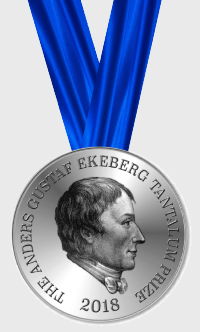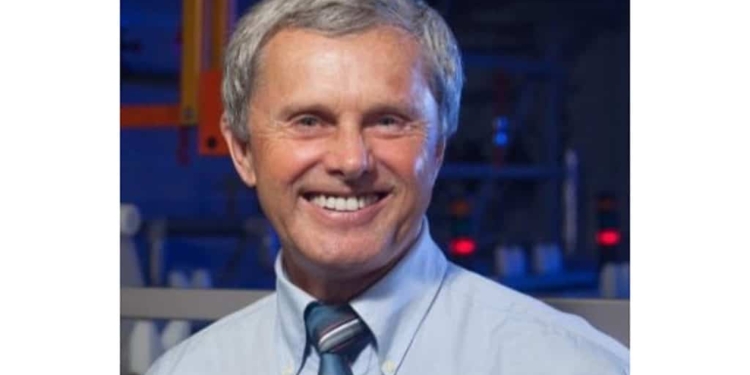Source: TIC news
Announcing the winner of the Anders Gustaf Ekeberg Tantalum Prize 2018: Dr Yuri Freeman for “Tantalum and Niobium-Based Capacitors”.
The Anders Gustaf Ekeberg Tantalum Prize (‘Ekeberg Prize’), awarded annually for outstanding contribution to the advancement of the knowledge and understanding of the metallic element tantalum (Ta), has been awarded to Dr Yuri Freeman of KEMET Electronics, for his 2018 book ‘Tantalum and Niobium-Based Capacitors’ .
Dr Freeman is the Director of Advanced Research in the Tantalum (Ta) business unit and a member of the Advanced Technology Group at KEMET Electronics. Dr Freeman received his PhD in Solid State Physics from Kharkov Technical University in Ukraine. Prior to KEMET, he worked as principal scientist at Elitan, the largest producer in the Soviet Union of Ta and Niobium (Nb) capacitors, and at Vishay Sprague in the USA. He has published more than 30 papers and received 26 patents in the field of physics and technology of Ta and Nb-based capacitors.
Announcing the 2018 winner, the independent judging panel stated that they had chosen Dr Yuri Freeman because his book, which has made up for the lack of basic books about tantalum and tantalum capacitors in education, was a very good scientific overview, providing basic insight into the manufacturing process of Ta-based electrolytic capacitors.
Furthermore, Dr Freeman has devoted most of his career to the development of Ta-based capacitors and made significant contributions, technological breakthroughs and performance improvements in these devices. The panel of experts added that they wished to congratulate all those authors of publications on the shortlist whose work is challenging the boundaries of current knowledge of tantalum.
The award is administered by the Tantalum-Niobium International Study Center (T.I.C.), the global trade body representing the tantalum and niobium industry.
.png)
The prize and award ceremony
The medal for the Ekeberg Prize is currently being manufactured from pure tantalum metal by the Kazakhstan Mint and will be awarded at the T.I.C.’s annual conference, the 59th General Assembly, which will be held in Kigali, Rwanda, in October 2018. The T.I.C.’s conference is the largest annual gathering of tantalum and niobium industry leaders, with delegates from every sector of the global industry.
featured image: Dr Yuri Freeman, winner of the 2018 Anders Gustaf Ekeberg Tantalum Prize. Image credit: KEMET Electronics Corp.































